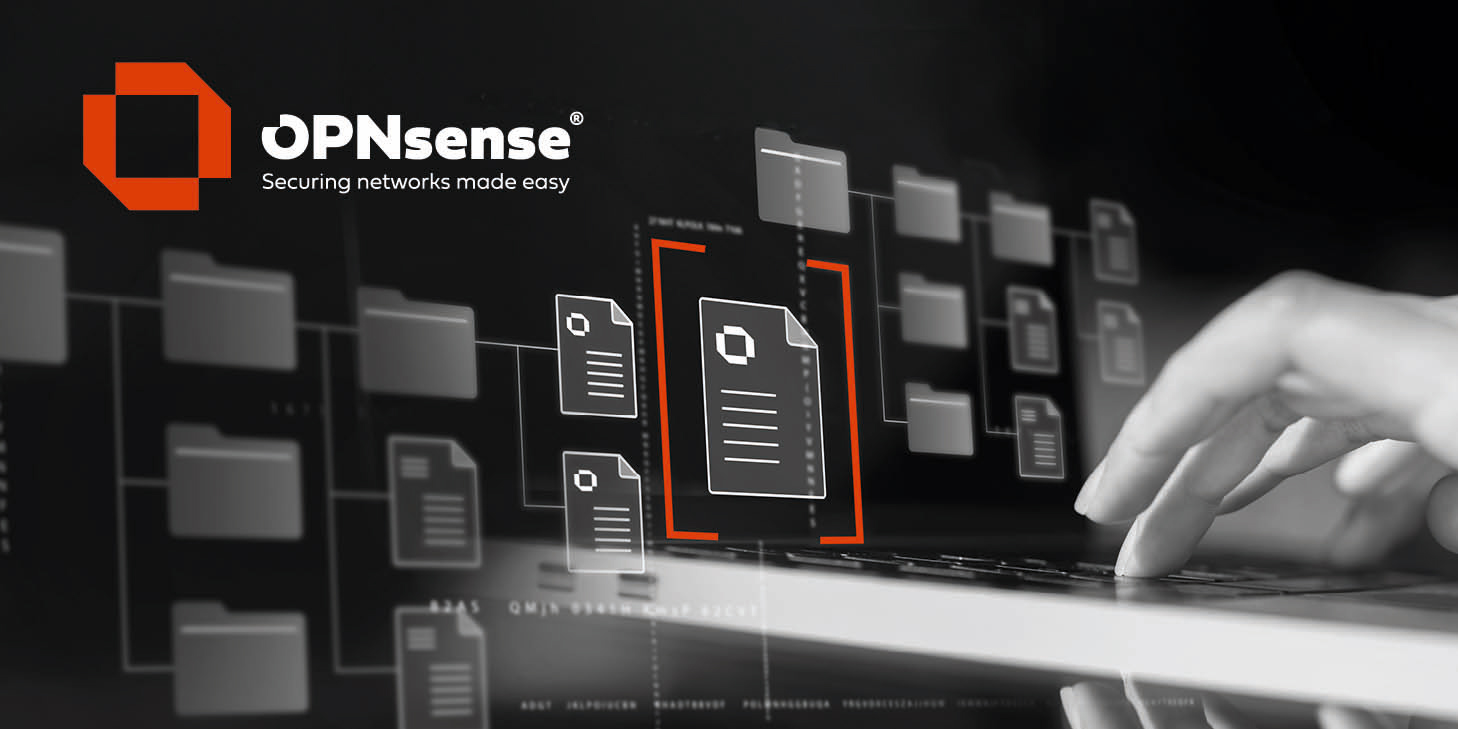Quote from: Monviech (Cedrik) on February 28, 2025, 08:35:51 PMThe issue is that the rc.d script forces it when the service starts:
https://github.com/opnsense/ports/blob/b3aa544a28e4946383801d88ef926d853fcb2fd8/net/ndproxy/files/ndproxy.in#L50
This is hardcoded from upstream.
This should be noted on the plugin page. This is a pretty big deal and is doing things to networking that end users may not be aware of.

 "
"
